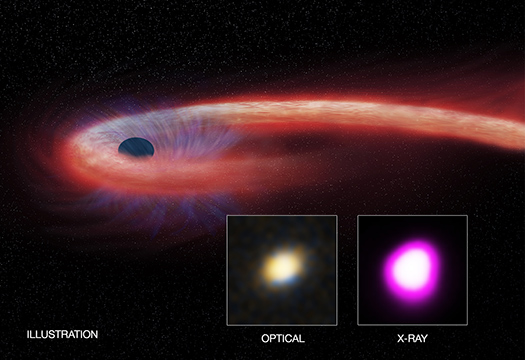Carnival of Space
It’s Carnival time, folks, so let’s get started! Here is a brief look at interesting space stories from the past week.
At Universe Today, their writers have got the Universe covered. In one post, they take a look at an intriguing new result that may help tie "Joshua's Eclipse" to the Battle of Gibeon, showing how astronomy can help make connections in other fields such as history. http://www.universetoday.com/133166/ancient-annular-dating-joshuas-eclipse/

Processed image taken on Dec. 11, 2016, at 9:27 a.m. PST (12:27 p.m. EST) by the NASA Juno spacecraft, as it performed its third close flyby of Jupiter. Credits: NASA/JPL-Caltech/SwRI/MSSS/Eric Jorgensen
In another post, they explain the most recent exciting pass of the Juno spacecraft over the cloud tops of Jupiter. NASA is also offering the public the chance to vote on what features Juno should image next. Take a look! http://www.universetoday.com/133215/juno-buzzes-jupiter-cloud-tops/
A third entry last week examines how the Subaru Telescope atop Mauna Kea, Hawaii, is being outfitted to be on the cutting edge of exoplanet studies. Namely, they hope to use a new instrument to directly observe one of these planets outside our Solar System. http://www.universetoday.com/133220/race-image-exoplanets-heats/
Finally, the good folks at Universe Today delve into the Martian history of volcanoes, which apparently were active some two billion years ago. Scientists have determined this by studying Martian meteorites that have made their way to Earth. http://www.universetoday.com/133190/meteorite-confirms-2-billion-years-volcanic-activity-mars/
At Planetaria, they celebrate the 13th anniversary of the Opportunity rover exploring Mars. In the lifetime of a teenager, this durable robot has far exceeded expectations, which originally included just a 90-day mission. http://planetaria.ca/2017/01/26/nasas-opportunity-rover-celebrates-13-amazing-years-mars/

Opportunity looks back at its landing spot within Eagle crater, after leaving tracks behind in the soil. This is where the rover began its journey 13 years ago. Photo Credit: NASA/JPL-Caltech
The Evolving Planet gets a jumpstart on the one-year mark of the announcement of the momentous discovery of gravitational waves by the LIGO. This result has ushered in an entirely new field of science -- gravitational wave astrophysics – that is only just getting started. http://www.theevolvingplanet.com/gravitational-waves-sound-like/
And on the Chandra blog, we have a first-person account by the scientist who helped discover a black hole gnawing on a star for over a decade. This represents either the most massive star ever to be completely torn apart during one of these events, or the first where a smaller star was completely shredded. http://chandra.si.edu/blog/node/631
Keep looking up!
-Megan Watzke, CXC
Please note this is a moderated blog. No pornography, spam, profanity or discriminatory remarks are allowed. No personal attacks are allowed. Users should stay on topic to keep it relevant for the readers.
Read the privacy statement

